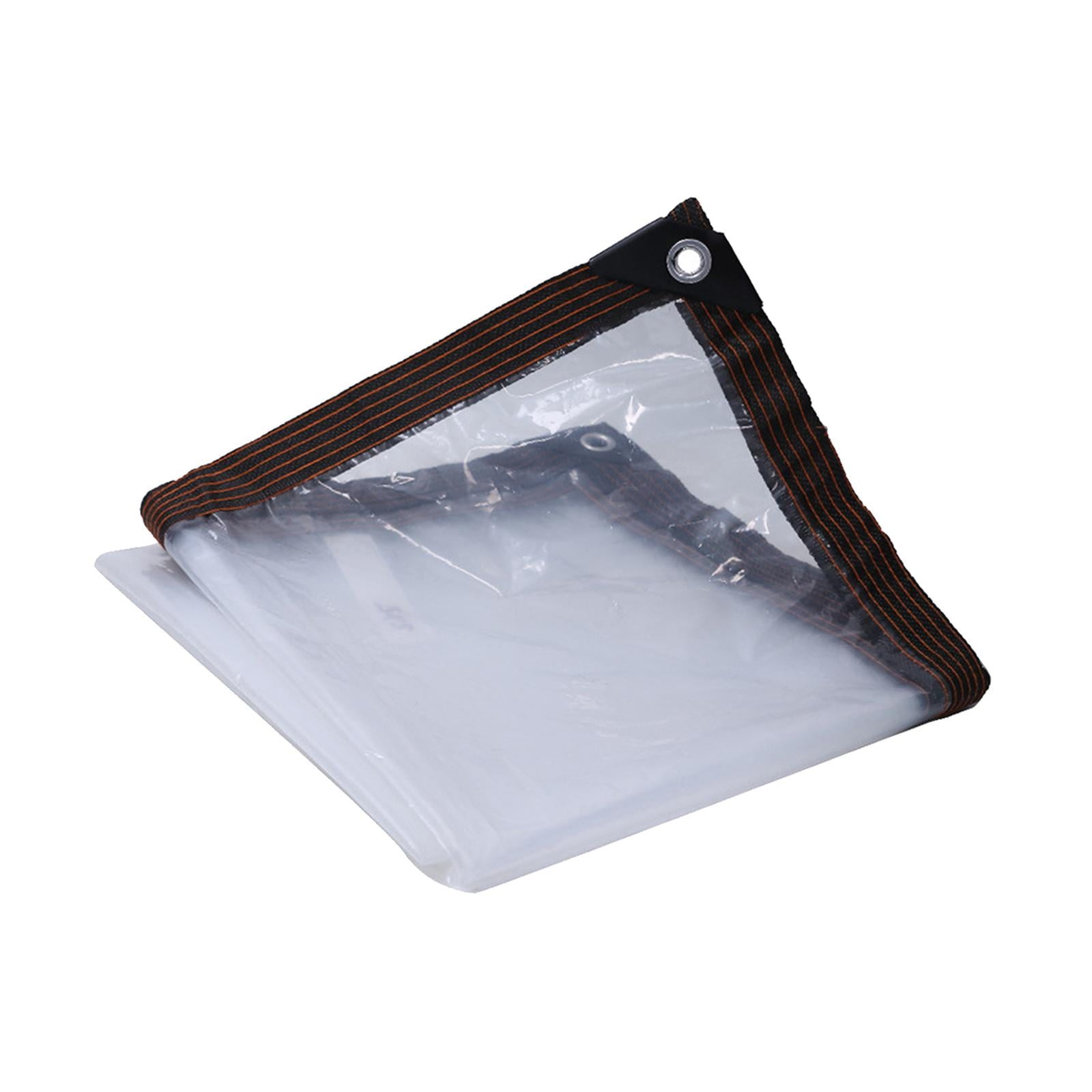Tarpaulins, also known as tarps, are multipurpose shelters used in different industries and fields. What is more, the article will delve into the key factors of oversize Tarpaulins, their uses, and the need to consider special factors in the selection and use of them.
What Are Oversized Tarpaulins?
Oversized tarpaulins are oversized versions of plastic sheets made of materials such as polyethylene, canvas, or vinyl that are hardy and durable. These tarps cover and protect the substantial fields and objects exposed to environmental factors such as rain, sun, wind, and dust. “Oversized” is a term used to refer to large tarpaulins that exceed the standard dimensions, often with widths or lengths of 20 feet or more.
Common Uses for Oversized Tarpaulins
Oversized tarpaulins are used for diverse purposes by various quarters. Here are a few examples of them:
- Building construction: Safeguarding construction materials from weather-induced damage.
- Agriculture: Covering the stored crops or large machinery.
- Delivery: Making sure the loads are safely fastened on trucks or flatbeds.
- Events: Forming temporary shelters or stage covers.
- Disaster relief: Setting up emergency shelters or covering the damaged structures.
- Industrial usage: Collecting spills or designing a temporary workplace.
Advantages of Oversized Tarpaulins
The main advantages of using oversized tarpaulins are:
- Thorough coverage: A single tarp can cover large areas or objects.
- Versatility: Can be applied to several sectors across the globe.
- Cost-saving: Typically cheaper than many smaller tarps.
- Time-saving: Easier and quicker to put up and take down than several smaller ones.
- Fewer stitches: Less number of weak points and spots for water entry.
Factors to Consider When Choosing Oversized Tarpaulins
When choosing an oversize tarpaulin, the following points should be considered:
Material
The choice of the material will really be influenced by the planned use of the Clear Tarpaulin and the durability one would expect. Some of the common materials are as follows:
- Polyethylene: These tarps are quite light, watertight, and have a temporary use scope.
- Canvas: It is breathable, durable, and useful in the case of outdoor applications.
- Vinyl: Heavy-duty, waterproof, UV-resistant, and chemical-resistant.
Size and Shape
Make sure that the tarpaulin is large enough to cover the desired area or object and that a little of it can be left to fasten it securely to the product. Consider creating customized sizes or shapes that would be appropriate for the selected applications.
Thickness and Weight
Thicker tarps are more durable but might be quite heavy and hard to transport. The need for durability and low weight should be balanced.
Reinforcement and Grommets
You should look for the reinforced edges and corner parts to prevent the cutting of the tarp. There should be metal rings (grommets) along the edges of the tarp that could be used for speedily fastening it.
UV Resistance
For outdoor use, just acquire tarps with the UV-resistant coatings that can reflect off the sun to avoid sunscreen damage.
Fire Retardancy
In some cases, satin-flame tarps are the only ones that can meet safety regulations and might thus also required.
Proper Handling and Maintenance
To secure the longevity and fun efficiency of the oversized tarpaulins, use the following:
- Use the right types of lifting techniques and hardware when loading the heavy tarps.
- Fasten tarps tightly to stop the wind from rolling them or from the abundance of water that may lead to pools.
- Perform a regular check and be on the lookout for tears or damage. If there is, then try to patch it up quickly to prevent further damage.
- Observe the instructions set by the manufacturer for cleaning and maintaining your tarpaulin.
Environmental Considerations
It is crucial to be cautious about fire hazards that are common in logistics halls.
- Use biodegradable or recyclable materials when you can. These are the most eco-friendly options.
- Get rid of old or damaged tarps in a proper way. Comply with the local recycling guidelines and do not throw it away.
- Reuse the tarp as a way to reduce waste and save the money used in frequent replacements.
Conclusion
Oversized tarpaulins, as well as tarpaulins of much smaller size, are the necessary equipment for use in a variety of industries as well as other applications. By defining their uses, benefits, and main considerations, people can make choices for guarding and using these large-scale protective covers correctly. The use of tactics is his responsibility, and maintenance will sustain recovery with the size of these large tarpaulins.
Also Read: https://www.homesarah.com/

